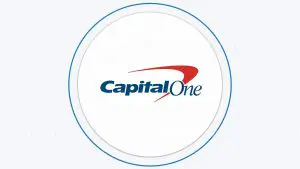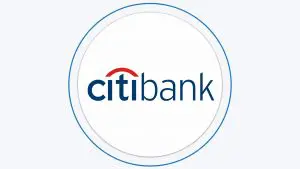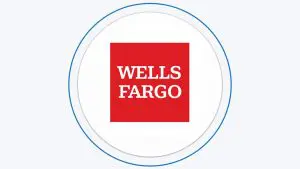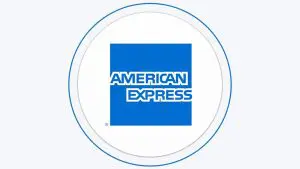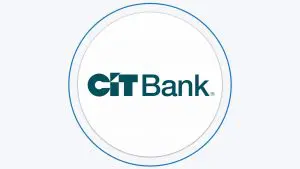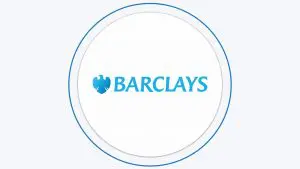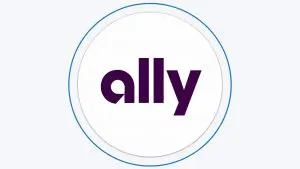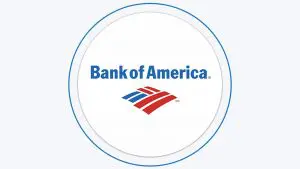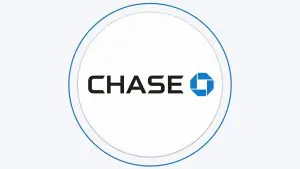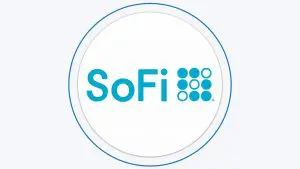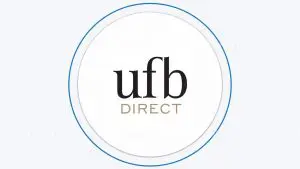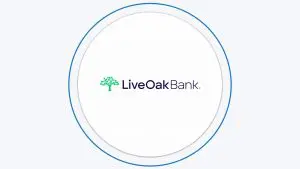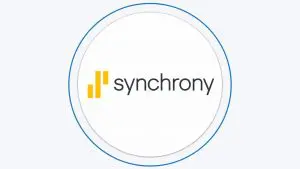Table Of Content
A savings account is a flexible, interest-bearing deposit account provided by banks. It allows individuals to store and grow their money while maintaining easy access to funds. But, it has its own drawbacks.
If you are unsure whether a savings account is right for your needs and want to check some alternatives, this article will help you.
Here, we will compare savings accounts versus their main alternatives, the pros and cons of each, and in which cases each may be relevant.
1. Certificates of Deposit (CDs)
CDs, or certificates of deposit, and savings accounts are both financial instruments for storing money, but they function differently.
CDs typically offer higher interest rates than savings accounts but have a fixed term, meaning you cannot access your funds for a specified period, usually ranging from a few months to several years. On the other hand, savings accounts offer lower interest rates but allow immediate access to your money.
Certificates of Deposit (CDs) | Savings Account | |
|---|---|---|
Term | 3 -120 months | Anytime |
Minimum Balance | $0 – $2,500 | $0 – $50 |
Interest | 4-5% APY | 3-4% APY |
Withdrawal Restrictions | Penalty If You Withdrawal Before Maturity | 3-6 per month
|
Fees | None | None Or Very Low |
Protection | Up to $250,000 per account holder | Up to $250,000 per account holder |
It's recommended to consider CDs when you have surplus funds you can afford to lock away for a specific time without needing them for emergencies or expenses. They are suitable for short to medium-term savings goals. On the contrary, opt for savings accounts if you need liquidity and quick access to your funds.
When considering CDs, pay attention to the term and interest rate, as withdrawing early may incur penalties. Ultimately, your choice should align with your financial objectives and risk tolerance.
2. Money Market Account
Money Market Accounts (MMAs) fall between checking and savings accounts, offering several advantages. Typically, MMAs provide ATM card access, check-writing capabilities which aren't available through savings accounts, and cash deposit options, eliminating the need to visit a bank for withdrawals.
It's important to note that not all MMAs offer these features, so discussing them with the financial institution might be necessary. Also, savings accounts are much more popular than money market account among banks and credit union.
In many banks, especially regional and community banks, you can find a money market account with a higher interest rate than a savings account. But, the rate will not be higher than what you can find on the high-yield savings account rates.
| Savings Account | Money Market | |
|---|---|---|
| Access to Your Fund | Electronic transfer/phone call | ATM, debit card, check |
| Minimum Balance Required | None | $1,000-$2,500 |
| Interest | Approx. 3-4% | Approx. 3-4% |
| Withdrawal Restrictions | 3-6 per month | 3-6 per month |
| Fees | Little to none | Little to none |
| Protection | FDIC protects up to $250,000 | FDIC protects up to $250,000 |
| Availability | High | Medium |
It may be a good idea to consider MMAs when you want a safe and liquid option for saving money while earning similar interest than traditional savings accounts. It suits those who maintain higher account balances and prefer easy access to funds without sacrificing earnings. However, for substantial growth, other investment vehicles may be more suitable.
When choosing a money market account, pay attention to fees, minimum balance requirements, and interest rates to ensure you choose an MMA that aligns with your financial goals and situation.
3. USA Government Bonds
Government bonds and savings accounts are two distinct financial instruments with varying characteristics and purposes. Government bonds are debt securities issued by governments to raise funds for various projects and expenses.
When you buy a government bond, you are essentially lending money to the government for a specified period, and in return, you receive periodic interest payments and the principal amount back at maturity.
Government Bonds | Savings Account | |
|---|---|---|
Liquidity | Medium – High | High |
Risk | Low | No Risk (FDIC Insured) |
Interest | 5-6% APY | 3-4% APY |
Withdrawal Restrictions | None | 3-6 per month
|
Fees | Very Low | None Or Very Low |
How To Invest | Bank/Brokerage/TreasuryDirect | Bank/Credit Union |
The main advantage of government bonds is higher interest rates. Therefore, it may be a good idea when seeking higher returns and can lock in your money for a longer period. They are suitable for individuals with a moderate risk appetite.
For savings accounts, choose them if you prioritize liquidity and safety, but expect lower returns.
4. Interest Bearing Checking Account
Interest-bearing checking accounts and savings accounts are both financial products offered by banks, but they differ in how they operate and their primary purposes.
Interest-bearing checking accounts allow customers to earn a modest interest rate on their account balance, usually lower than that of savings accounts. These accounts are designed for frequent transactions and easy access to funds through checks, debit cards, and online banking. They are ideal for individuals who need to maintain liquidity while still earning some interest.
On the other hand, savings accounts typically offer higher interest rates than checking accounts, making them more suitable for long-term savings goals. However, they may have limitations on the number of withdrawals allowed per month.
Interest Bearing Checking | Savings Account | |
|---|---|---|
Purpose | Day To Day Activties, Spending, Direct Deposits | Growing Savings, Earning Interest |
Minimum Balance | $0 – $50 | $0 – $50 |
Interest | 1-2% APY | 3-4% APY |
Withdrawal Restrictions | Unlimited (Daily Limit) | 3-6 per month
|
Fees | Monthly Maintenance Fee, ATM Withdrawal, Other Fees | Low Monthly Maintenance Fee |
Protection | Up to $250,000 per account holder | Up to $250,000 per account holder |
When considering interest-bearing checking accounts, focus on the account's fees, minimum balance requirements, and interest rate.
5. Municipal Bonds
Municipal Bonds are debt securities issued by local governments to fund public projects, such as schools or infrastructure. In contrast, savings accounts are deposit accounts offered by banks for individuals to store their money while earning interest.
The key difference lies in their risk and returns. Municipal Bonds typically offer higher interest rates than savings accounts but come with some risk, as they are subject to the financial health of the issuing municipality. Savings accounts, on the other hand, offer lower returns but are generally considered safer.
Municipal Bonds | Savings Account | |
|---|---|---|
Liquidity | Medium – High | High |
Risk | Low – Medium | No Risk (FDIC Insured) |
Interest | 5-7% APY | 3-4% APY |
Withdrawal Restrictions | None | 3-6 per month
|
Fees | Very Low | None Or Very Low |
How To Invest | Bank/Brokerage | Bank/Credit Union |
Consider investing in municipal bonds if you seek higher yields and are willing to accept moderate risk. They are particularly attractive for investors in higher tax brackets, as their interest is often tax-free.
When evaluating Municipal Bonds, pay attention to the issuer's credit rating, financial stability, and the purpose of the bond issuance. Diversification is essential, spreading investments across multiple bonds and sectors to minimize risks. For conservative investors, savings accounts remain a secure option.
6. Savings Bonds ( I Bonds)
Similar to government bonds, savings bonds are debt securities issued by the government to raise funds for various public projects and expenses.
I Bonds, backed by the U.S. government, are a low-risk investment option designed to combat inflation. They can be purchased through TreasuryDirect and have a 30-year maturity. With an annual limit of $10,000 per person, they offer an attractive return in times of high inflation.
The interest rate on I Bonds consists of a fixed rate and a variable inflation rate tied to the Consumer Price Index, adjusting semi-annually. Currently yielding 4.3%, interest income is exempt from state and local taxes.
Savings Bonds ( I Bonds) | Savings Account | |
|---|---|---|
Liquidity | Low | High |
Risk | Low | No Risk (FDIC Insured) |
Interest | 4-5% APY | 3-4% APY |
Withdrawal Restrictions | After a year | 3-6 per month
|
Fees | Very Low | None Or Very Low |
How To Invest | Bank/Brokerage/TreasuryDirect | Bank/Credit Union |
Interest compounds twice a year and accrues throughout the bond's term, redeemable after 30 years or earlier with a penalty if cashed within the first five years. However, I Bonds cannot be used as a substitute for a savings account due to a 12-month lockup period.
To purchase I Bonds, direct transactions through TreasuryDirect.gov are required, with an option to use tax refunds for paper bonds. The annual purchase limit is $10,000.
How To Decide Between Them?
Choosing the right savings account alternative depends on your financial goals, risk tolerance, and time horizon. Each option has its advantages and disadvantages, so it's essential to consider your specific needs before making a decision
To choose between these options, consider the following factors:
- Savings Goals: Determine how long you can leave the money untouched. Short-term needs may favor checking accounts or money market accounts, while longer-term goals may be better suited for CDs or bonds.
- Risk tolerance: Evaluate your comfort level with risk. Bonds are generally less risky than investing in the stock market, but they still carry some level of risk.
- Interest rates: Compare the interest rates offered by each option. Consider the current economic environment and projected rate changes.
- Tax implications: If you're concerned about taxes, look into tax-exempt options like municipal bonds.
- Accessibility: Evaluate how easily you can access your funds if needed. Some options, like CDs, may have penalties for early withdrawals.
Ultimately, it's wise to diversify your savings and investment strategy. For example, you might choose a mix of options, such as keeping an emergency fund in a high-yield savings account or money market account for easy access, and investing some funds in CDs or bonds for higher returns over a fixed term.
FAQs
Are interest rates on these savings alternatives fixed or variable?
CDs typically have fixed interest rates, ensuring a stable return over the term. In contrast, money market accounts and some bonds may have variable rates that can fluctuate based on market conditions.
Are there any risks associated with money market accounts?
Money market accounts are relatively low-risk, but they are not entirely risk-free. The value of investments held within the money market account can fluctuate, potentially affecting the interest rate earned.
What are the potential returns on investment accounts compared to savings accounts?
Investment accounts like mutual funds and index funds have the potential for higher returns over the long term, but they also come with higher risk due to market fluctuations.

